Considering to volunteer at a local historic home
Richard Dollard
13 years ago
Related Stories

MOVINGHome-Buying Checklist: 20 Things to Consider Beyond the Inspection
Quality of life is just as important as construction quality. Learn what to look for at open houses to ensure comfort in your new home
Full Story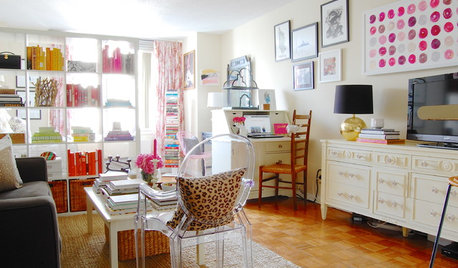
LIFEHave the Kids Left Home? 16 Things to Consider
‘An empty nest is not an empty heart’ and other wisdom for when the household changes
Full Story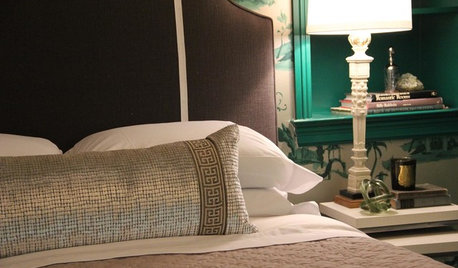
HOME INNOVATIONSConsidering Renting to Vacationers? Read This First
More people are redesigning their homes for the short-term-rental boom. Here are 3 examples — and what to consider before joining in
Full Story
REMODELING GUIDESConsidering a Fixer-Upper? 15 Questions to Ask First
Learn about the hidden costs and treasures of older homes to avoid budget surprises and accidentally tossing valuable features
Full Story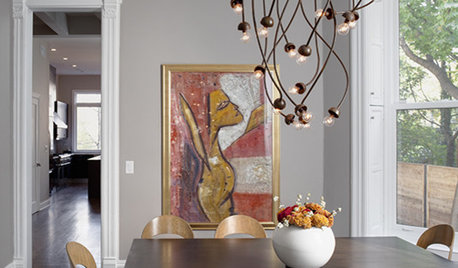
HOUZZ TOURSHouzz Tour: Historical Modern Chicago Makeover
Unearthed 19th-century details enrich a home's contemporary new look
Full Story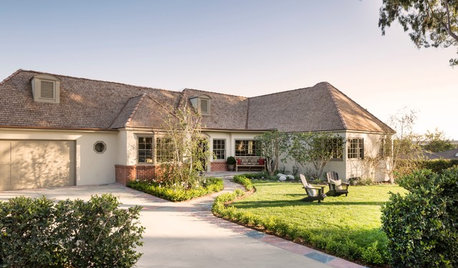
TRADITIONAL HOMESHouzz Tour: Historic Coastal Home Is Rescued From Neglect
A designer lavishes TLC on a splendid Normandy revival house in Laguna Beach, embracing its original style in the renovation
Full Story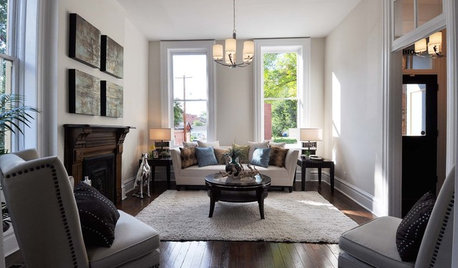
HOUZZ TOURSHouzz Tour: Restoration Revives a Historic Italianate Home
Painstaking work on a 3-bedroom in St. Louis results in a home that marries modern conveniences and respect for the past
Full Story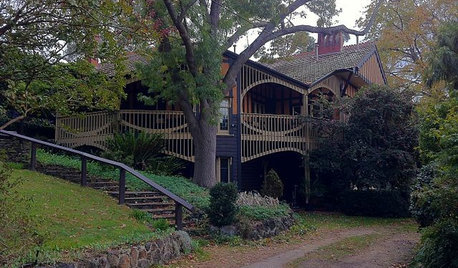
ARCHITECTURE5 Historic Arts and Crafts Homes With an Australian Spin
See how the elements of a celebrated international movement in architecture played out in a country ripe for change
Full Story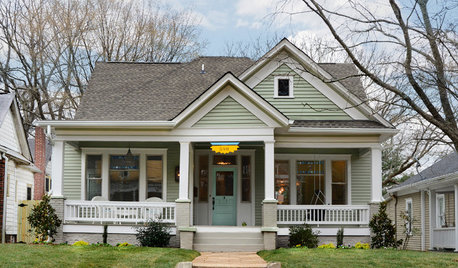
HOUZZ TOURSHouzz Tour: Lovingly Resurrecting a Historic Queen Anne
Dedication and a keen eye turn a neglected eyesore into the jewel of its Atlanta neighborhood
Full Story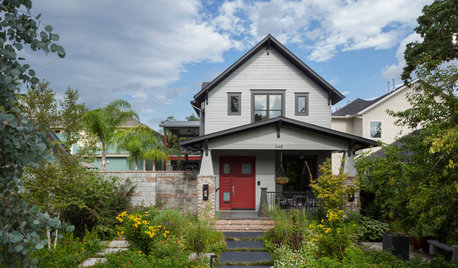
ARCHITECTUREHouzz Tour: Modern Plays Nice in a Historic Houston Neighborhood
Subtle modern details make this new home stand out from its elderly neighbors without disrespecting them
Full Story


diggerdee zone 6 CT
Richard DollardOriginal Author
Related Professionals
Ashburn Landscape Architects & Landscape Designers · Taylorsville Landscape Architects & Landscape Designers · Brockton Landscape Contractors · Laguna Hills Landscape Contractors · Lexington Landscape Contractors · Porterville Landscape Contractors · Spring Landscape Contractors · Waldorf Landscape Contractors · Wareham Landscape Contractors · Elkridge Decks, Patios & Outdoor Enclosures · Foothill Farms Decks, Patios & Outdoor Enclosures · Issaquah Decks, Patios & Outdoor Enclosures · Kyle Decks, Patios & Outdoor Enclosures · Pittsburgh Decks, Patios & Outdoor Enclosures · Pleasant Grove Decks, Patios & Outdoor Enclosuresmad_gallica (z5 Eastern NY)
Richard DollardOriginal Author
mad_gallica (z5 Eastern NY)
corunum z6 CT
Richard DollardOriginal Author
mayalena
diggerdee zone 6 CT
Richard DollardOriginal Author
ginny12
Started_with_bean
Marie Tulin
bebebzzz
Richard DollardOriginal Author
ginny12